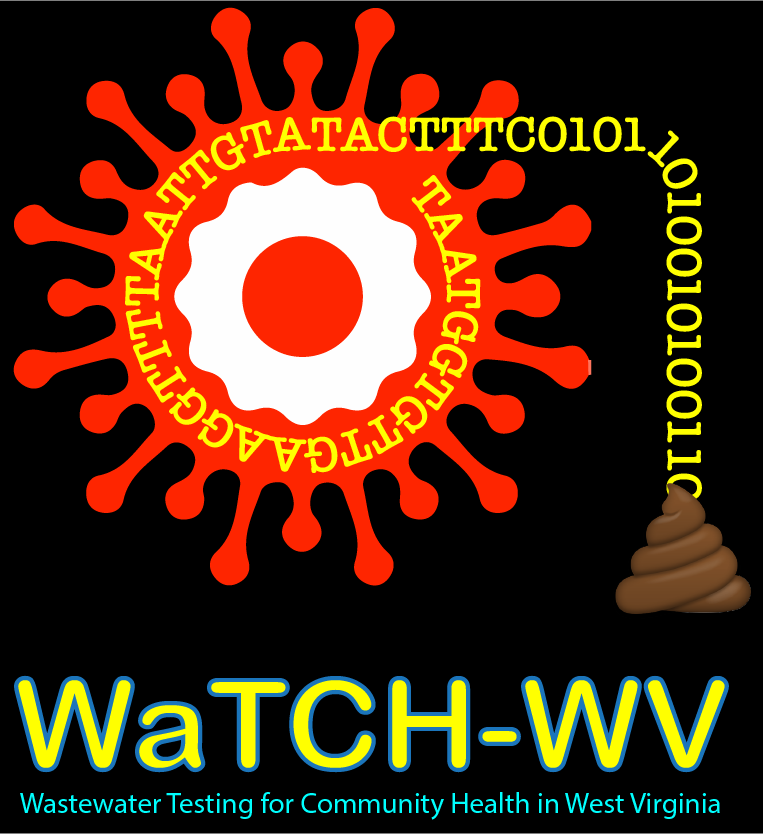METAL
Mobile Environmental Testing & Analysis Laboratory
One Health. To fully understand and improve human health, we must also understand the health of our environment and the animals who share it. METAL was designed to transform the concept of One Health into real world outcomes.
Soil. Water. Air. Sewage. Runoff. Animal Products. Food Products. METAL is equipped to test these environments against a variety of One Health measures.
Trace detection of virus, bacteria, and antibiotic resistance markers. Real-time genomic sequencing to identify these agents of disease. Spectroscopy to characterize chemicals and pollutants. X-ray fluorescence for elemental analysis. The capabilities of METAL are adaptable to fit the growing needs of our users: from researchers to public health officials to you.
What is the
METAL sequence?
You’ve seen it, of course. The sequence of A, T, G, and C that wraps around the entire METAL trailer, like a secret code. But where does it come from? And what does it mean?
The 2019 COVID pandemic is caused by a virus, called SARS-CoV-2. Like other viruses, SARS-CoV-2 is nothing more than genetic material wrapped inside a protein shell. So deceptively simple. So inescapably powerful.
The genetic material of the virus is injected into the very cells of a host. There it is translated into the viral proteins that do the heavy lifting: make new viruses, package them up, and escape to infect new cells.
The METAL sequence represents one very important protein in the SARS-CoV-2 virus: the spike protein.
The spike protein binds to specific proteins (receptors) on the surface of host cells. If that binding is successful, it allows the virus to enter the cell. It is the first, crucial step in infection. No entry, no infection.
The yellow F on the side of METAL is a important site of mutation. When that F changed to an L, the Delta variant of COVID was born. Changes like this F->L mutation are what gives us different COVID variants.
The sequence on METAL represents what is called the receptor binding domain (RBD) of the spike protein. This is the very site of first contact between virus and host.
The RBD is the battleground.
For example: we design antibodies that coat the RBD. Coated viruses can’t infect host cells, and die. Viruses with RBD mutations evade those antibodies, survive, and wreak havoc. Lather. Rinse. Repeat.


